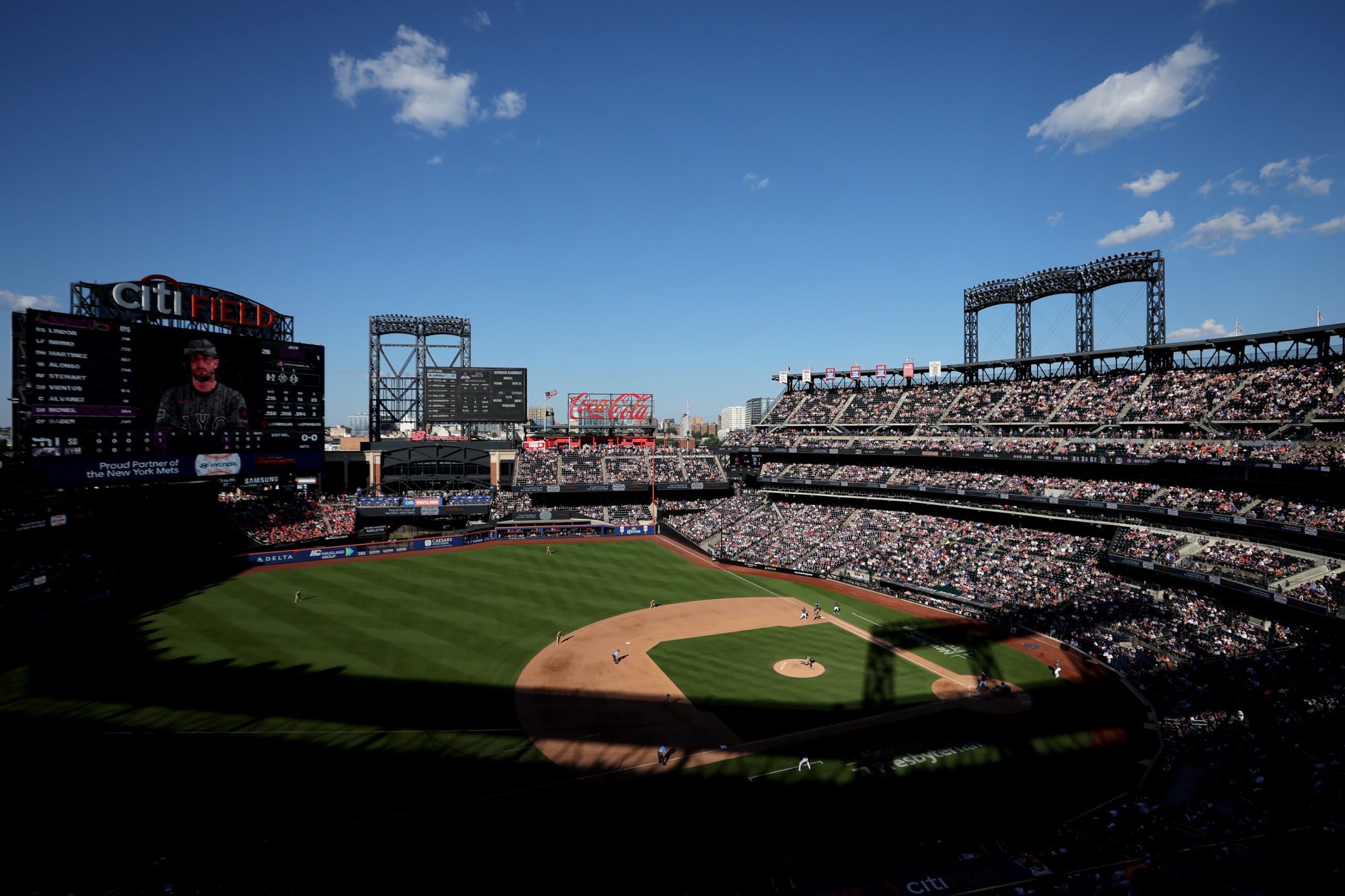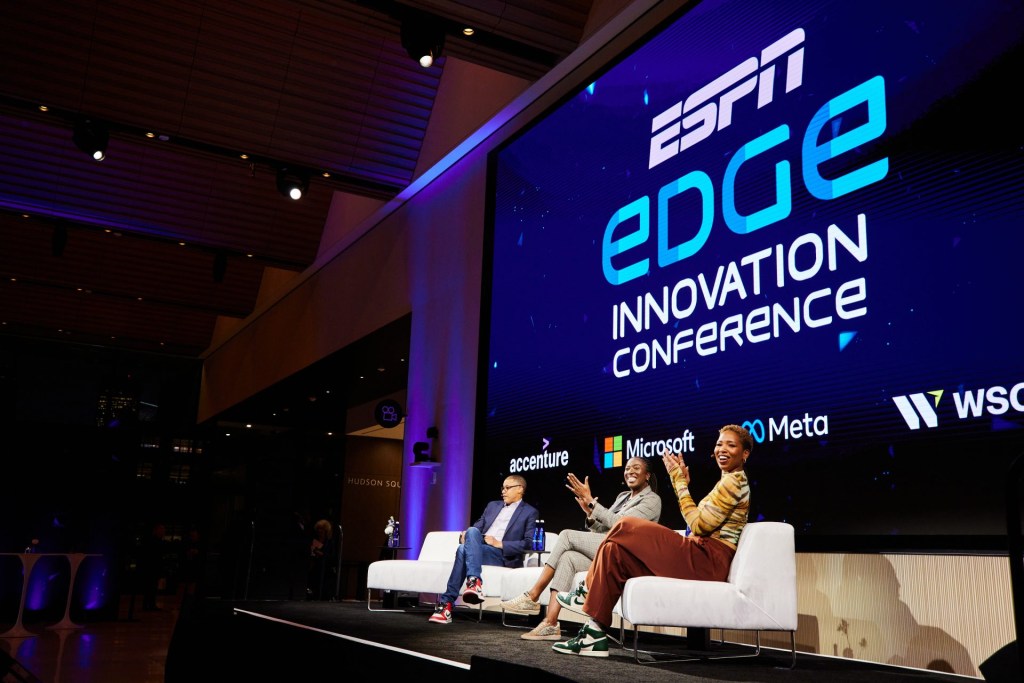The realm of flexible ticketing has hit a key juncture with the arrival of the big-market Mets to the fast-growing trend.
The Mets introduced a new flex plan on Thursday that allows fans to purchase tickets based on a predetermined amount of spending, instead of set numbers of games and fixed seating locations in traditional ticket plans. Within the new flex plans, fans can adjust on a day-to-day basis which games they choose to attend, how many people are in their party for any given game, and where in Citi Field (above) they sit—all while still receiving price discounts and other benefits common to season tickets.
Spending levels for the Mets’ flex ticketing plans range from less than $1,000 to $50,000.
“This really allows the fan to tailor their own experience on any individual day, and takes away the pressure of commitment around a traditional [ticket] package,” Jake Bye, Mets SVP of ticketing, tells Front Office Sports.
Rising Development
The Mets are by no means the first in MLB to move in this direction. The Mariners introduced a flex ticketing plan in 2019, with the club’s forward-looking initiative then blunted somewhat by the arrival of the COVID-19 pandemic. Eight additional MLB teams have since developed similar, membership-oriented programs, including the Marlins just last month.
Several other teams in multiple pro leagues and in major college sports have offered up smaller portions of their ticket inventory through ticket subscription membership platform FanRally. But the Mets, now the 10th MLB team to embrace flex ticketing at scale, are arguably the largest and most prominent franchise to make a sizable move in the space.
“The ballpark experience, the story of that experience, can be written by the fans themselves,” Bye says. “That’s what we’re most excited about here. It really meets people where they need to be met.”
Puzzling Situation
The Mets’ program, being offered for the 2025 season, arrives as the 2024 version of the team remains something of a confounding situation. The club is squarely in the National League playoff chase, having won seven straight, and sitting just one half-game out of the last wild-card slot after Wednesday’s 8–3 win over the Red Sox. That state of contention differs materially from last year, during which a record-setting $344 million payroll resulted in a losing record and a trade deadline dismantling of the roster.
Despite all of that, the Mets are averaging about 28,100 in attendance per game, good for just 18th in the league and far below the crosstown Yankees. The Mets’ per-game drop of nearly 4,500 compared to 2023 is also the second worst in the league, beating only the Cardinals.
“We’ve done a ton of research around this program, and we’ve really let the data inform the decisions,” Bye says. “A lot of the appeal here is for the newer fan, the younger fan, and how people now consume entertainment.”

















